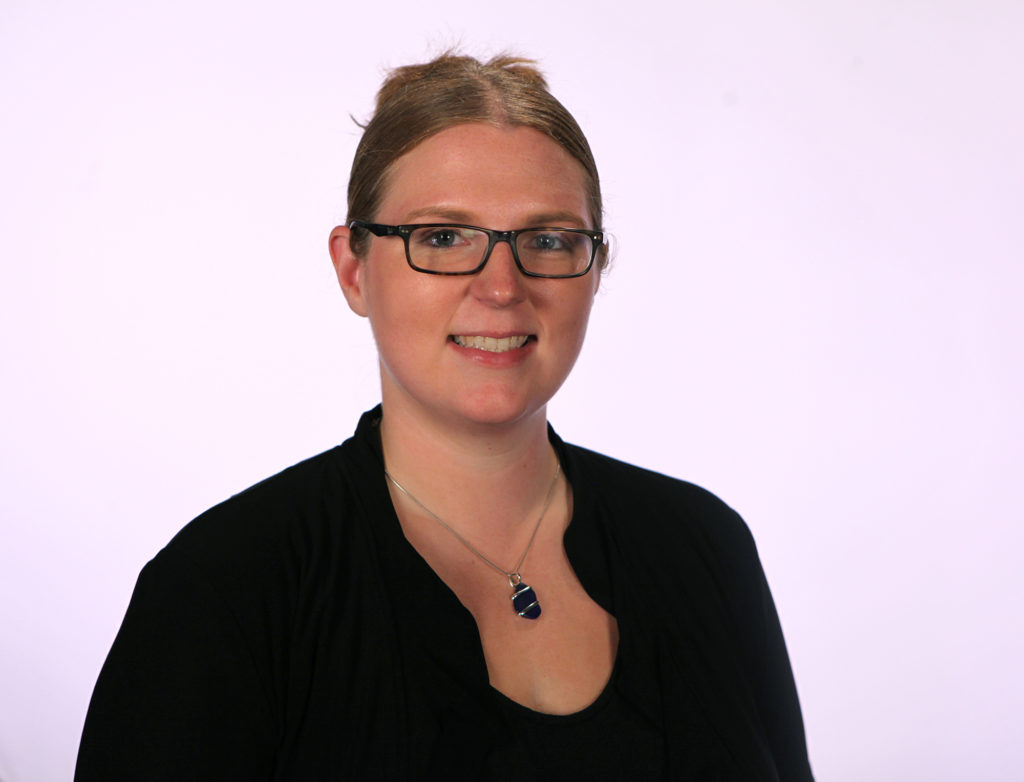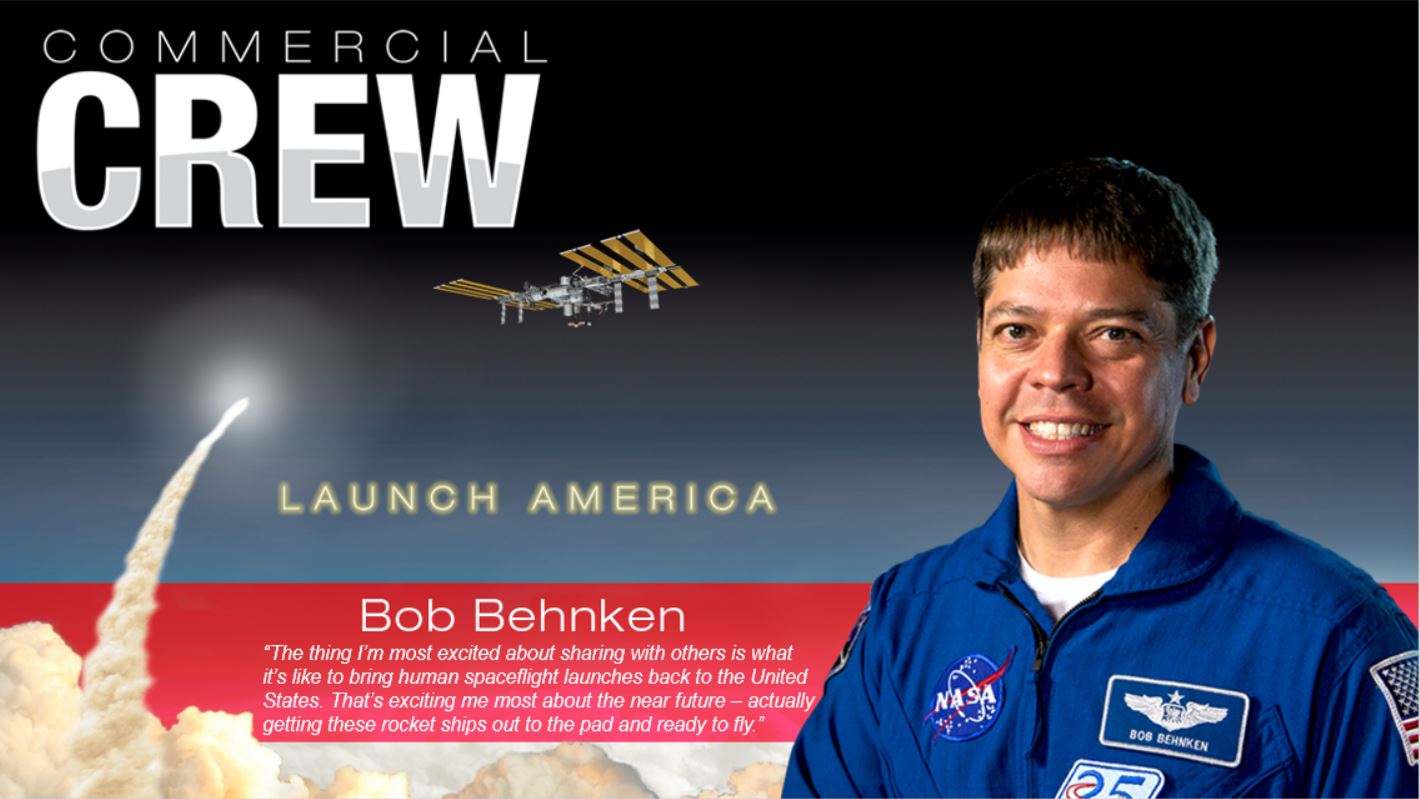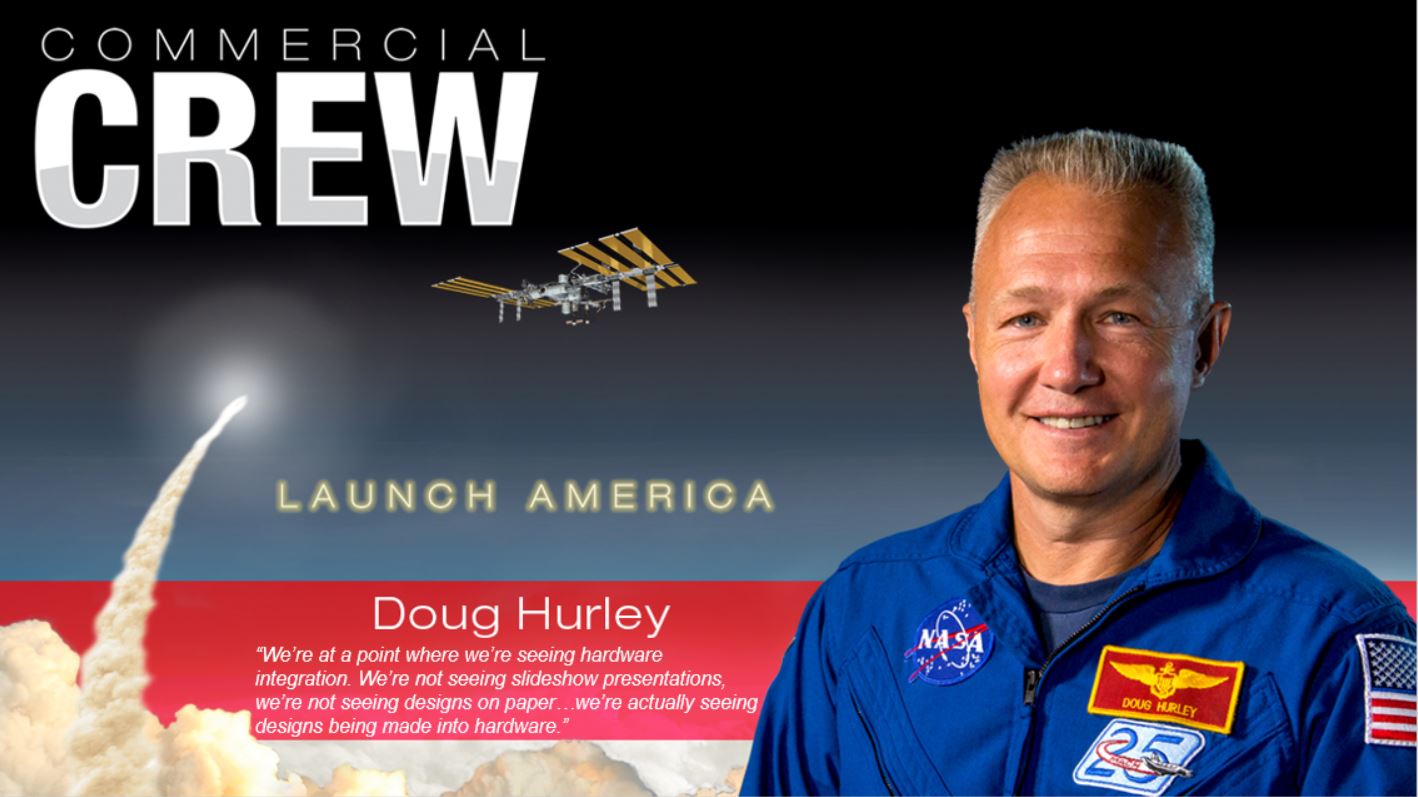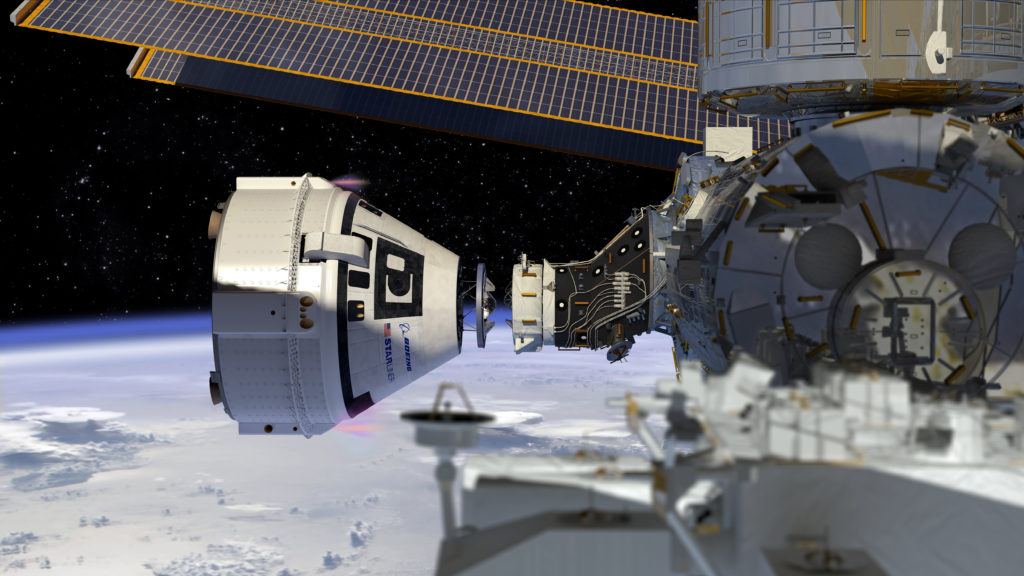
Kathleen O’Brady’s five-year-old son can name all of the planets in our solar system and even some nearby stars. Perhaps the brightest star he knows though is his mom. She is helping shape policy in the new era of commercial human spaceflight.
O’Brady plays a key role in NASA’s Commercial Crew Program (CCP), which has partnered with Boeing and SpaceX to develop spacecraft to fly NASA astronauts to the International Space Station, and return them safely home. NASA is in the process of certifying two new crew transportation systems—Boeing’s Starliner and SpaceX’s Crew Dragon—at the same time. As a certification systems engineer in the program’s Systems Engineering and Integration Office at NASA’s Kennedy Space Center in Florida, O’Brady was responsible for defining an integrated plan for certification which is being executed by both providers.
“I honestly loved it,” O’Brady said. “It’s like putting a puzzle together. Half the problem is trying to make sure you understand what all the pieces are, and then you start slowly integrating those pieces.”
Boeing and SpaceX are targeting test flights with crew on board for late this year. “We all have to do the job right,” O’Brady said. “We have a duty to return our astronauts to flight. We’re going to use these private companies and they’re going to do a fantastic job.”






